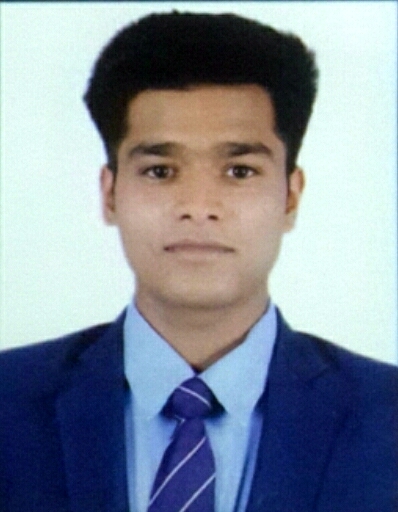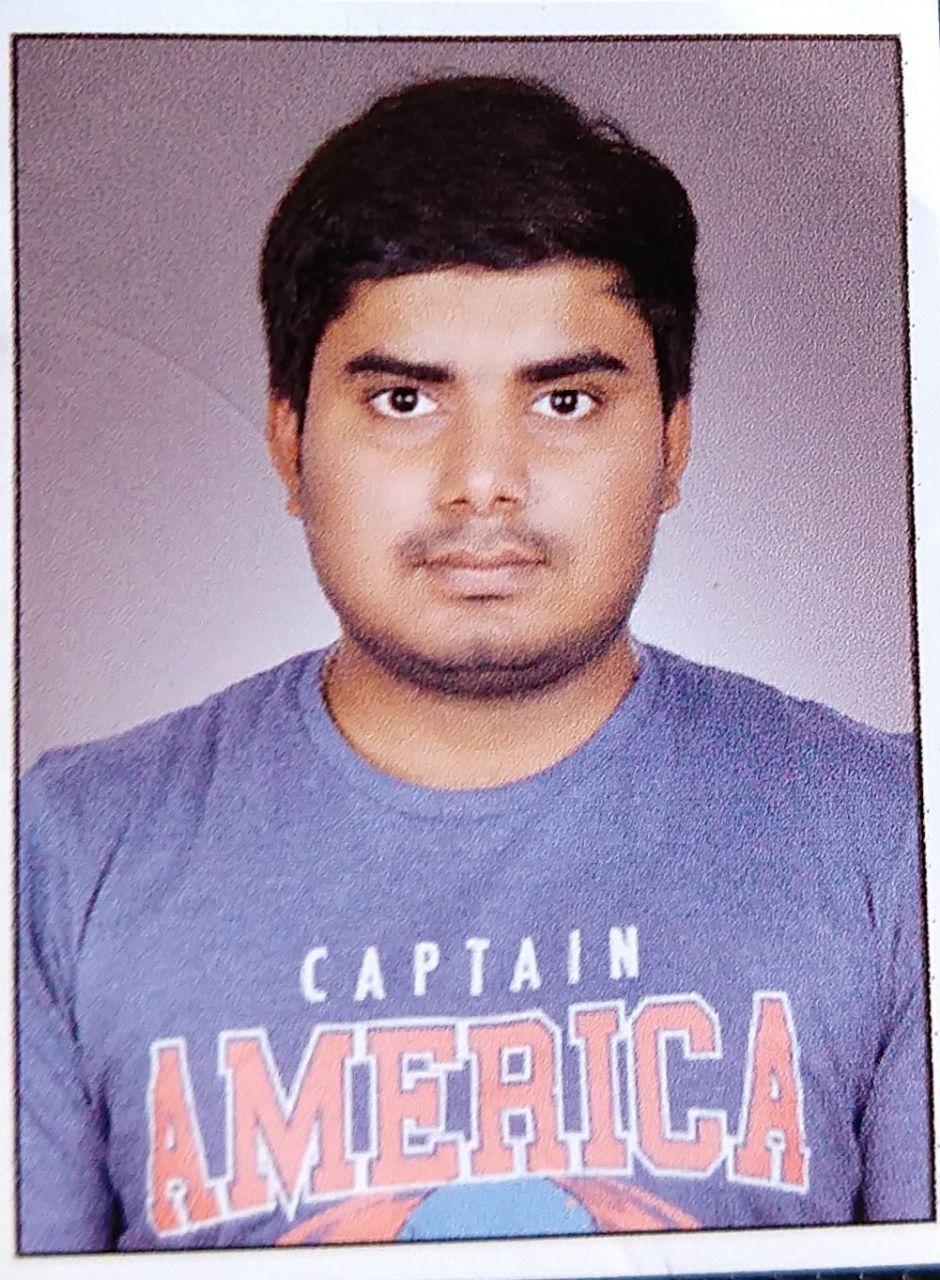



Analysis of Relationship of Black Hole and it's Host Galaxy
View Complete Project Report in PDF View Complete Project Report in DOCx



Two Body Simulation
View CodeThe Body follows straight line when placed in respective gravitational field. It implies that the attractive force is planar between two bodies.
It implies the acceleration of the body is inversely proportional to their inertial mass. Higher the mass less acceleration due to gravity.
Equal Masses when placed, one at rest and other at motion. Due to gravitational attraction, planner force and the velocity makes the path curved.
Varying mass and one body with velocity, make the curve elongated as per the higher mass which tells the different orbits of the body around black hole.
With constant masses and both body at motion tells the path traced by the star system around black hole and its influence in the period of revolution.
Simulation 2 - Kerr Black Hole
View CodeIt tell when the body is in constant radius orbit with polar angular velocity at some polar angle the path around is forming bulged cylinder. Due to spin rate of the Black hole.
In a closed orbit the path traced with zero polar angular moment but due to the spin rate of the black hole the path becomes cylinder.
When body comes loser after 4.4 Au it becomes the Circular capture orbit.
When the black hole is spinning and the body has negative angular momentum but when it comes in egrosphere it lands on black hole. Due to reversal of the orbits.
When body has positive angular momentum with positive polar angular momentum and spin rate of the black hole is also positive, the body whirl around black hole.
Simulation 3 -2D Black Hole
View Codethe body with high angular momentum around black hole if the black hole is not massive enough would be revolving around the black hole unless the external parameters are changed.
The 2D simulation is nearly same as the 3d- simulation projection. And for the capture orbit at certain mass of the black hole the degrading orbit becomes the capture orbit. But when the mass is kept constant and the momentum were varied in different directions it was observed that the degrading orbit is converting into closed or constant radius orbit. Depending on the momentum given.
Simulation 4 - Time Dilation
View CodeWe simulated Schwarzschild black hole to demonstrate time dilation which suggest that the time dilation is proportional to angular momentum of the body and inversely proportional to the radius of orbit. So nearer the body more would be time dilation.
Simulation 5 - Solar System
View CodeOur solar system simulation in which 1 years is equal to 1 second of the simulation. Here the newtonian physics laws are applied.
Simulation 6 - Galaxy
View CodeEffect of two Galaxy having a supermassive Black hole at center Moving towrds each other can be easily seen using this simulation
This Web page user interface is developed by Siddharth Jain